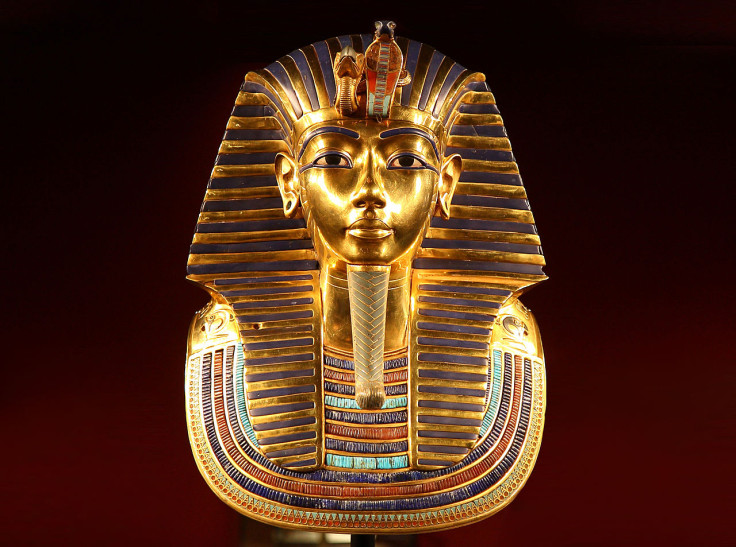Queen Nefertiti may be buried in secret chamber of King Tutankhamun's tomb

Evidence is mounting that Nefertiti – an ancient queen of Egypt and the chief consort and wife of the pharaoh Akhenaten – may be buried inside a hidden chamber in the tomb of King Tutankhamun. The Egyptian Ministry of Antiquities announced on 29 September that after further examination of King Tut's tomb, there is a distinct possibility that they have solved a great mystery of ancient Egypt.
In early August, British archaeologist Dr Nicolas Reeves, of the University of Arizona, detailed how he thought he had discovered a secret passageway within the tomb of Tutankhamun – son of Akhenaten. By analysing high-definition photographs, Reeves discovered evidence of bricked-up passageways that could lead to Nefertiti's burial chamber.
He wrote in a paper published by the Armana Royal Tombs Project: "Cautious evaluation of the Factum Arte scans over the course of several months has yielded results which are beyond intriguing. [There are] indications of two previously unknown doorways, one set within a larger partition wall and both seemingly untouched since antiquity. The implications are extraordinary: for, if digital appearance translates into physical reality, it seems we are now faced not merely with the prospect of a new, Tutankhamun-era storeroom to the west."
Now, after examinations in person along with Dr Mamdouh Eldamaty of the Ministry of Antiquities, they believe that there is a "70%" possibility that there are additional secret chambers. Speaking to Associated Press, Eldamaty said: "I agree with him that there's probably something behind the walls."
Reeves added that the hi-res images "revealed several very interesting features which look not at all natural, features like very, very straight lines which are 90 degrees to the ground, positioned so as to correspond with other features within the tomb." He explains that when Nefertiti died, she was buried by Tutankhamun, but when he perished someone simply extended her tomb to make way for one of Ancient Egypt's most famous rulers.
"Since Nefertiti had been buried a decade before, they remembered that tomb was there and they thought, well, perhaps we can extend it," he said.
A statement on the Ministry of Antquities Facebook Page said that the next step "is to present the file to the permanent committee of the Ancient Egyptian Antiquities to study and determine the future work plan, as well as verifying the general specifications of the radar sets that will be used in the examination process, therefore deciding the appropriate methods to safely reach the new chambers.
© Copyright IBTimes 2025. All rights reserved.






















